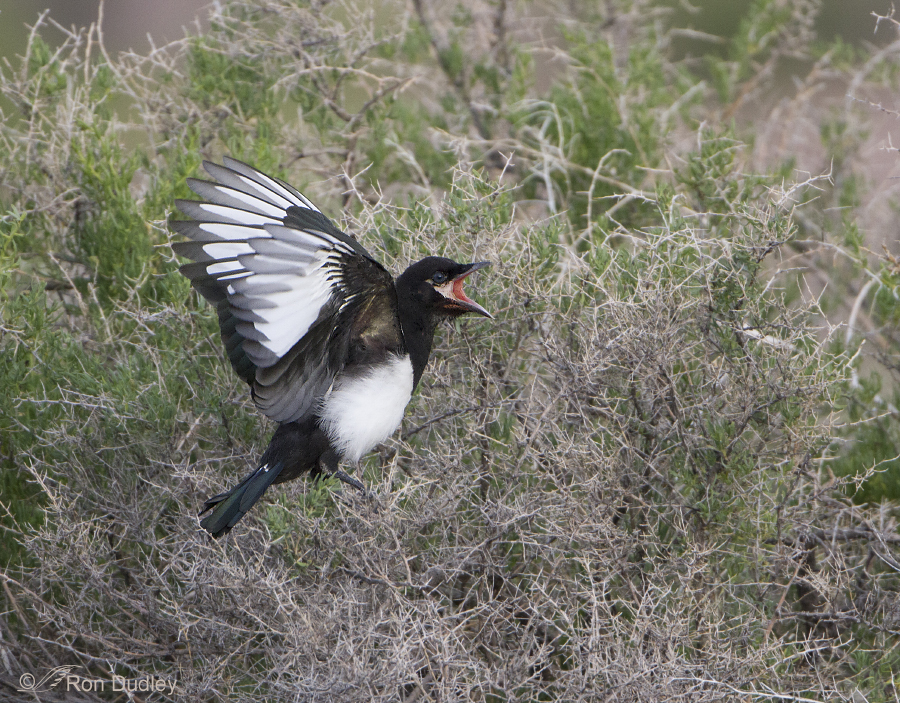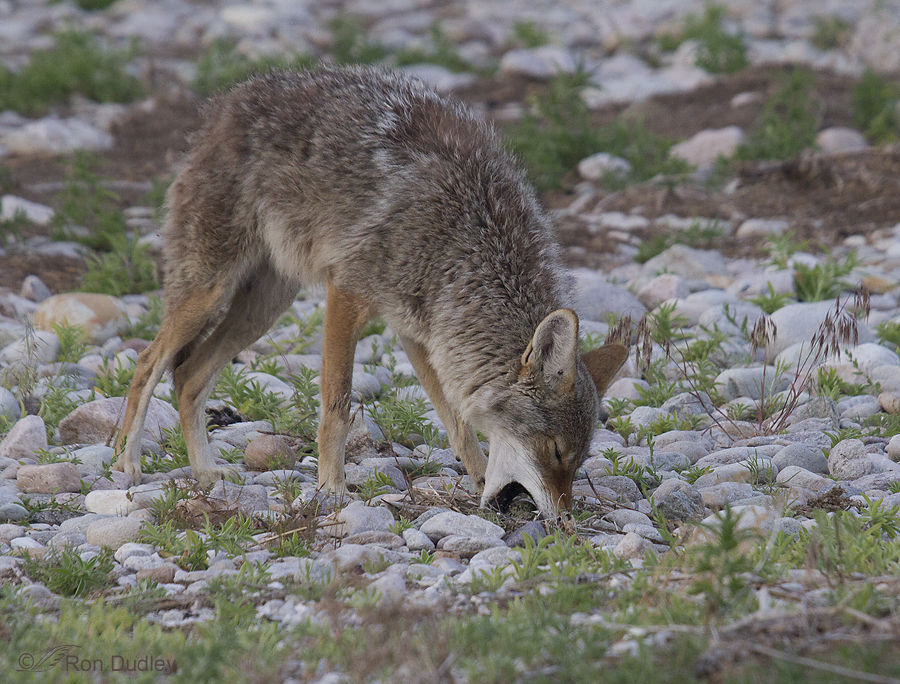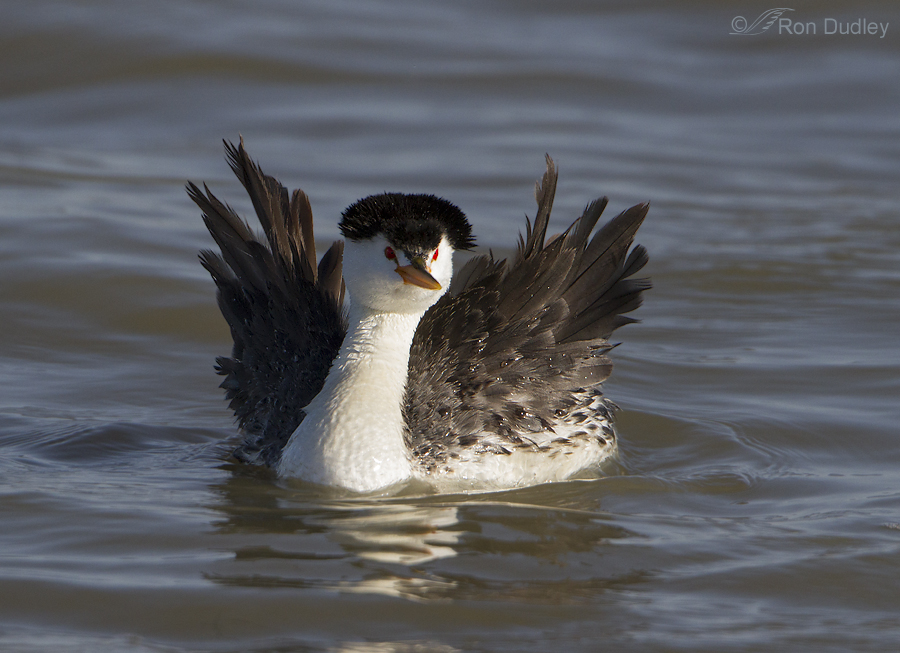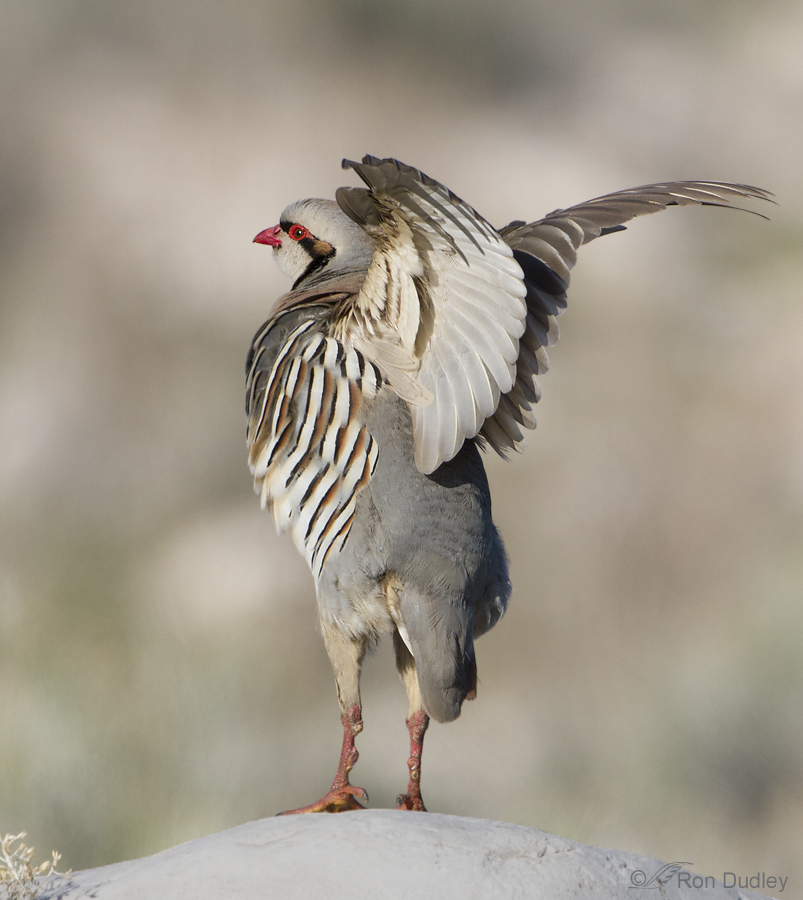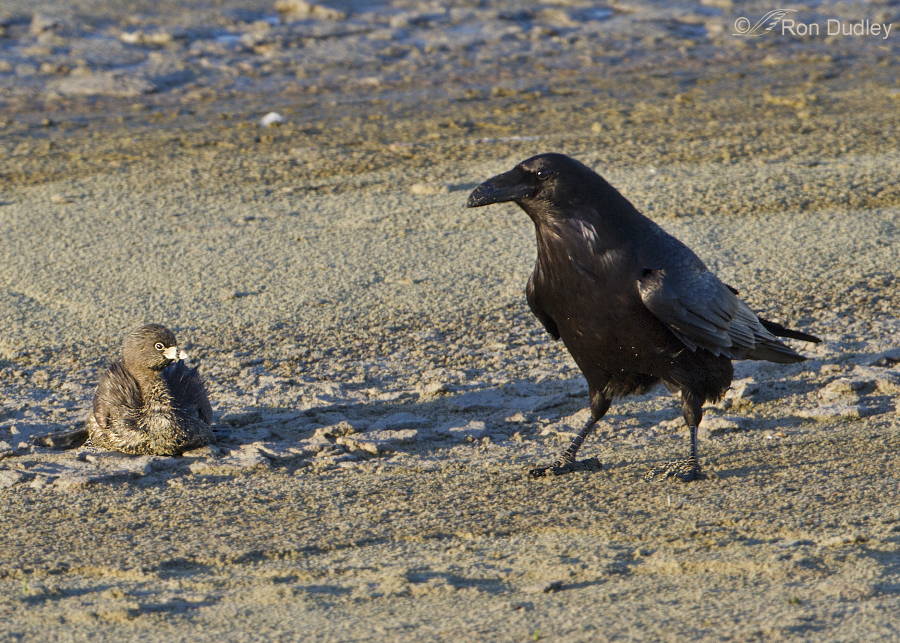American Kestrel With Snake Prey
Anyone who follows my blog knows that I observe and photograph kestrels often but I’ve never before seen one with snake prey. In my experience it’s always been voles, mice, small birds or (less often) insects. When we first noticed this bird it already had the snake on this bush perch.


